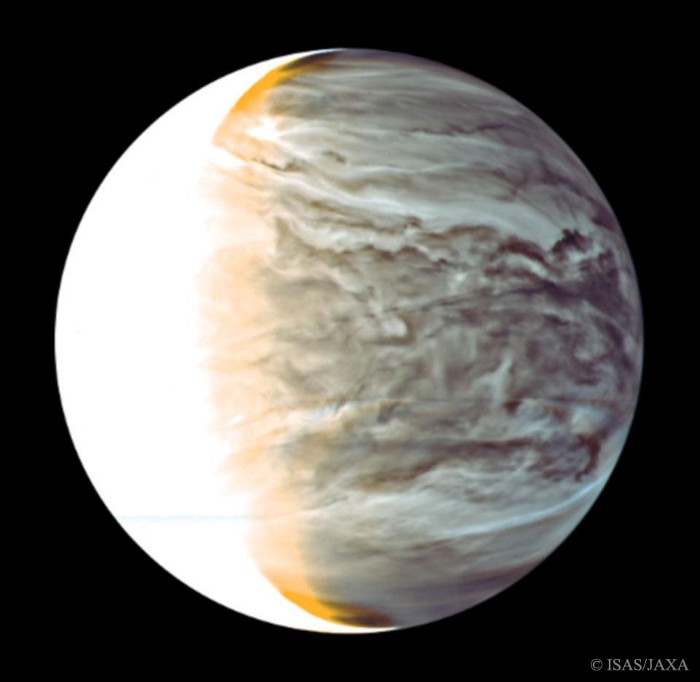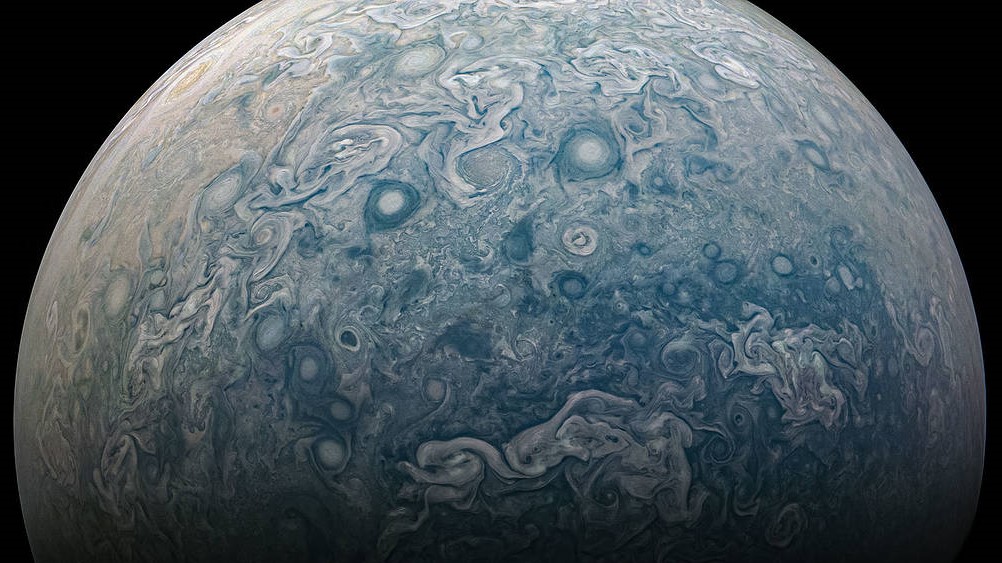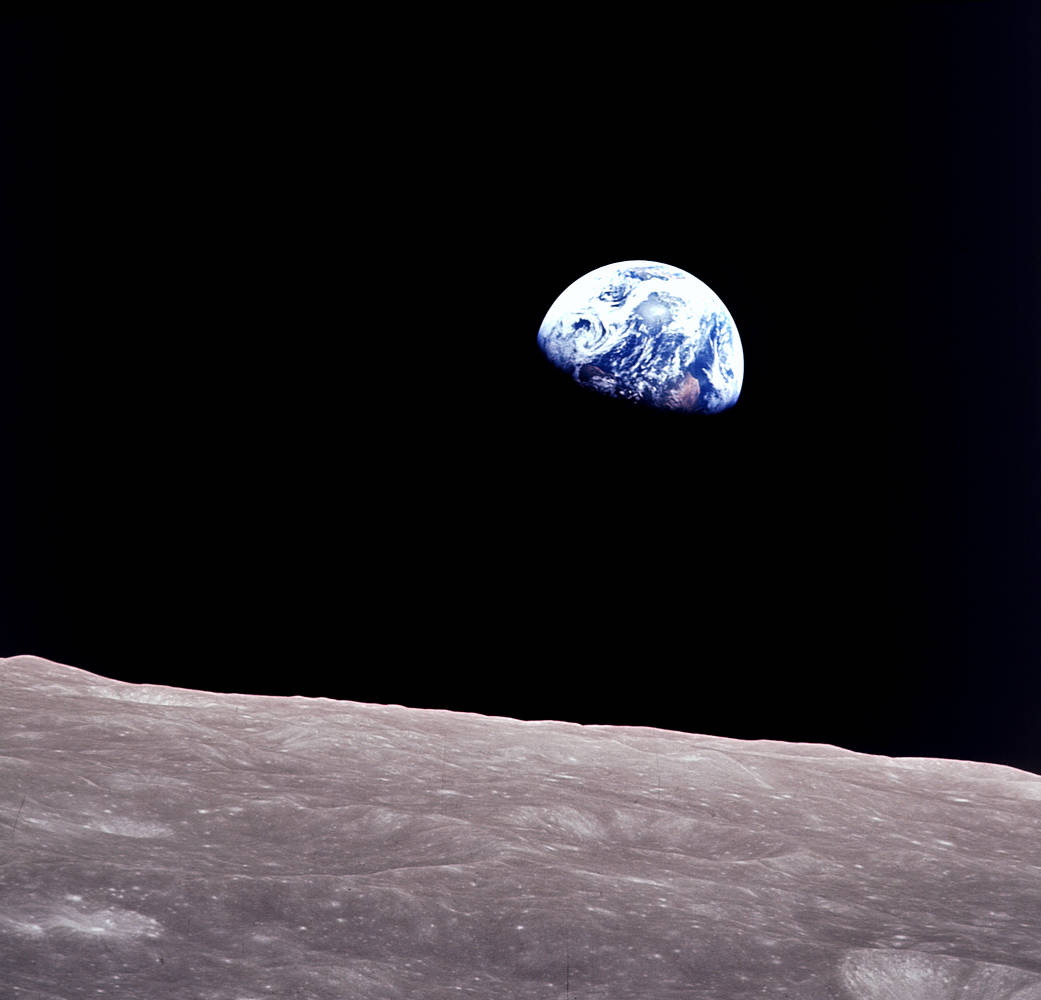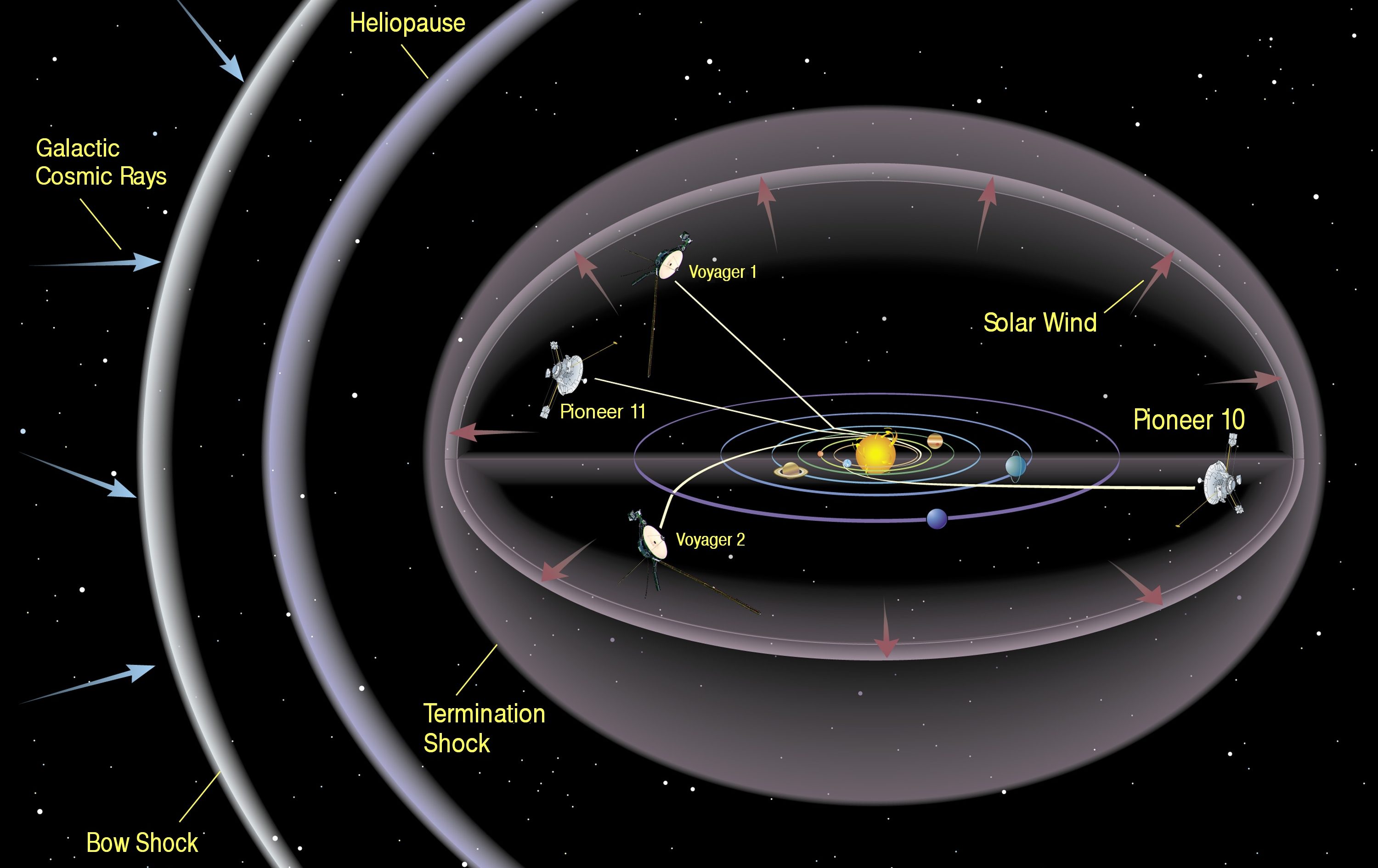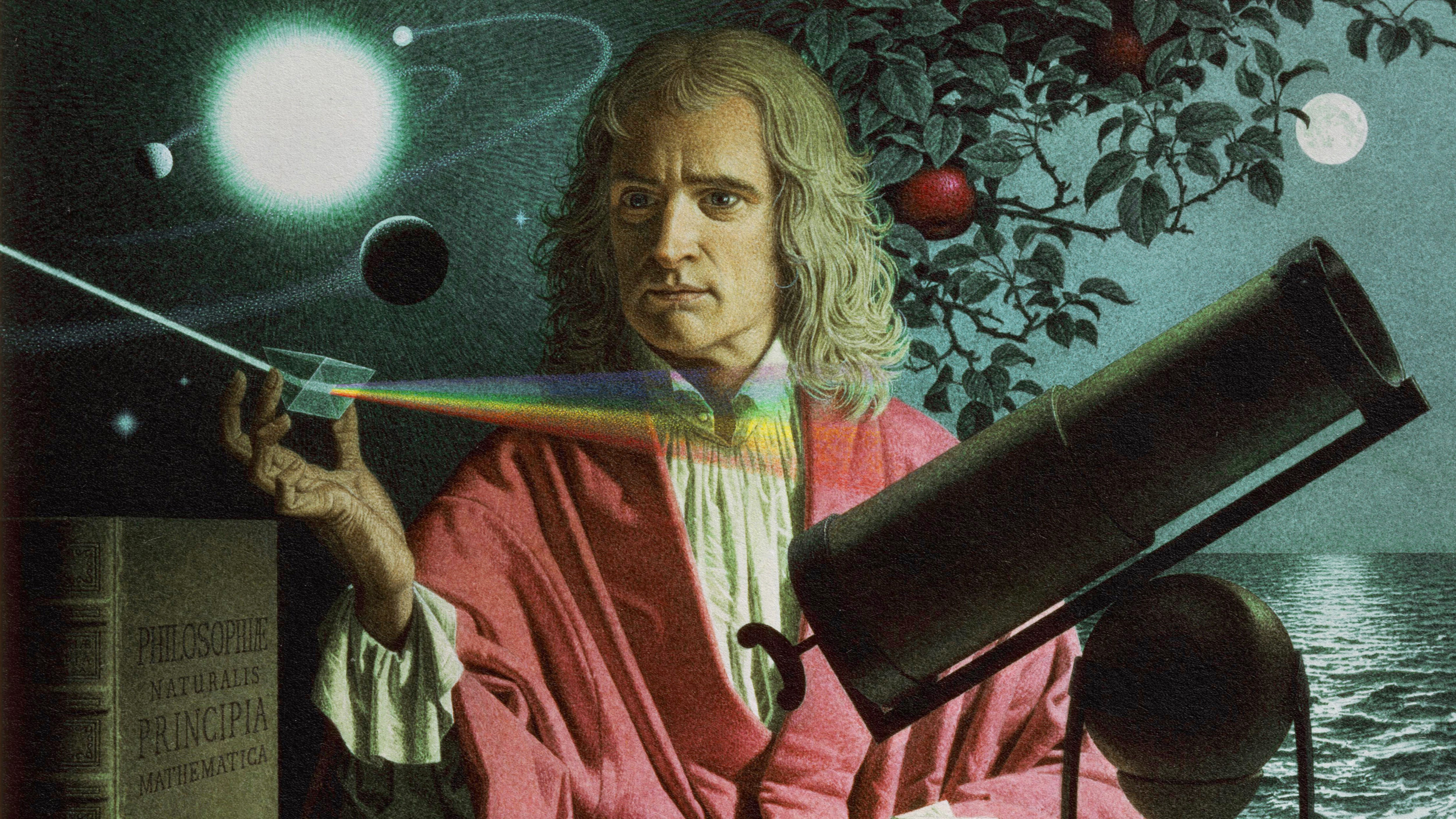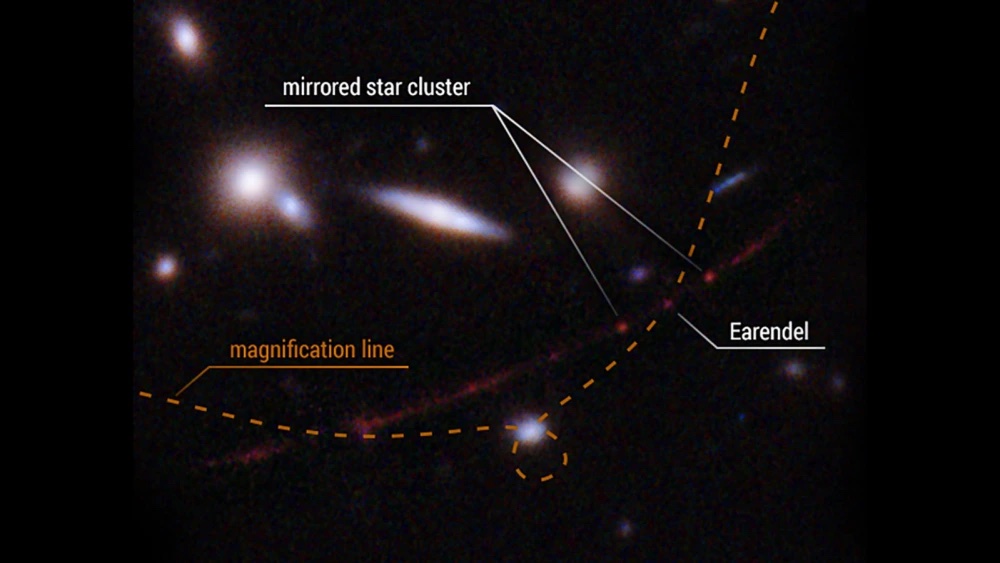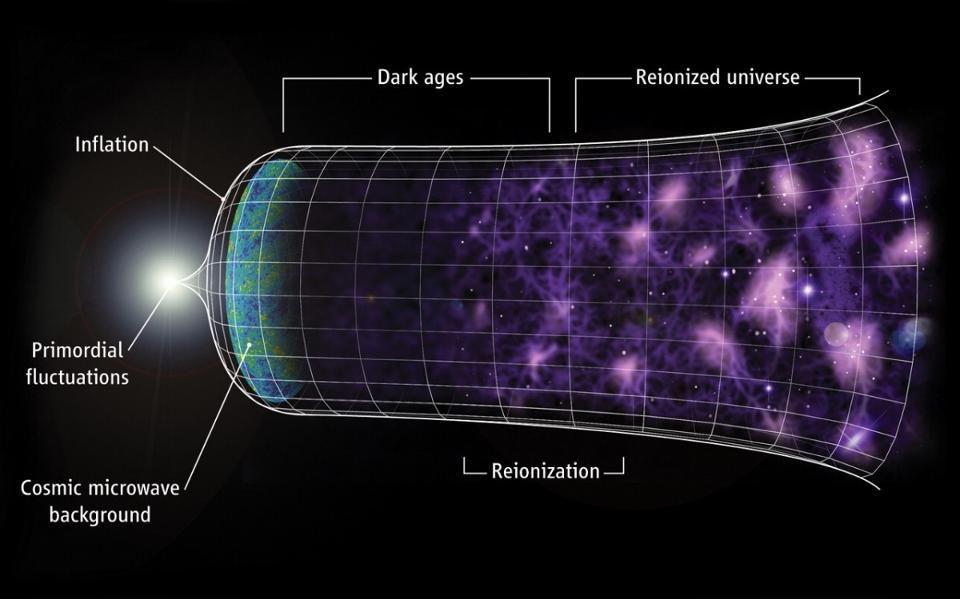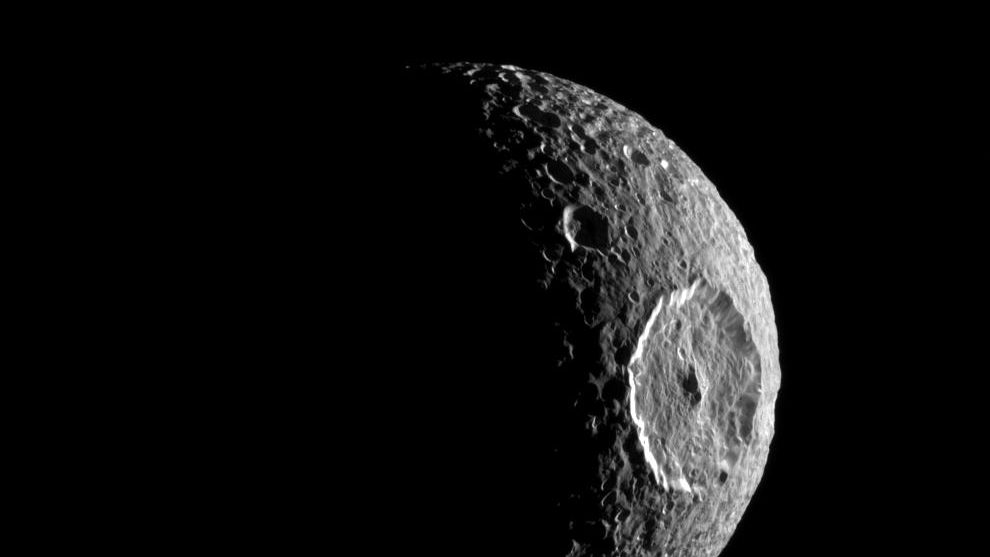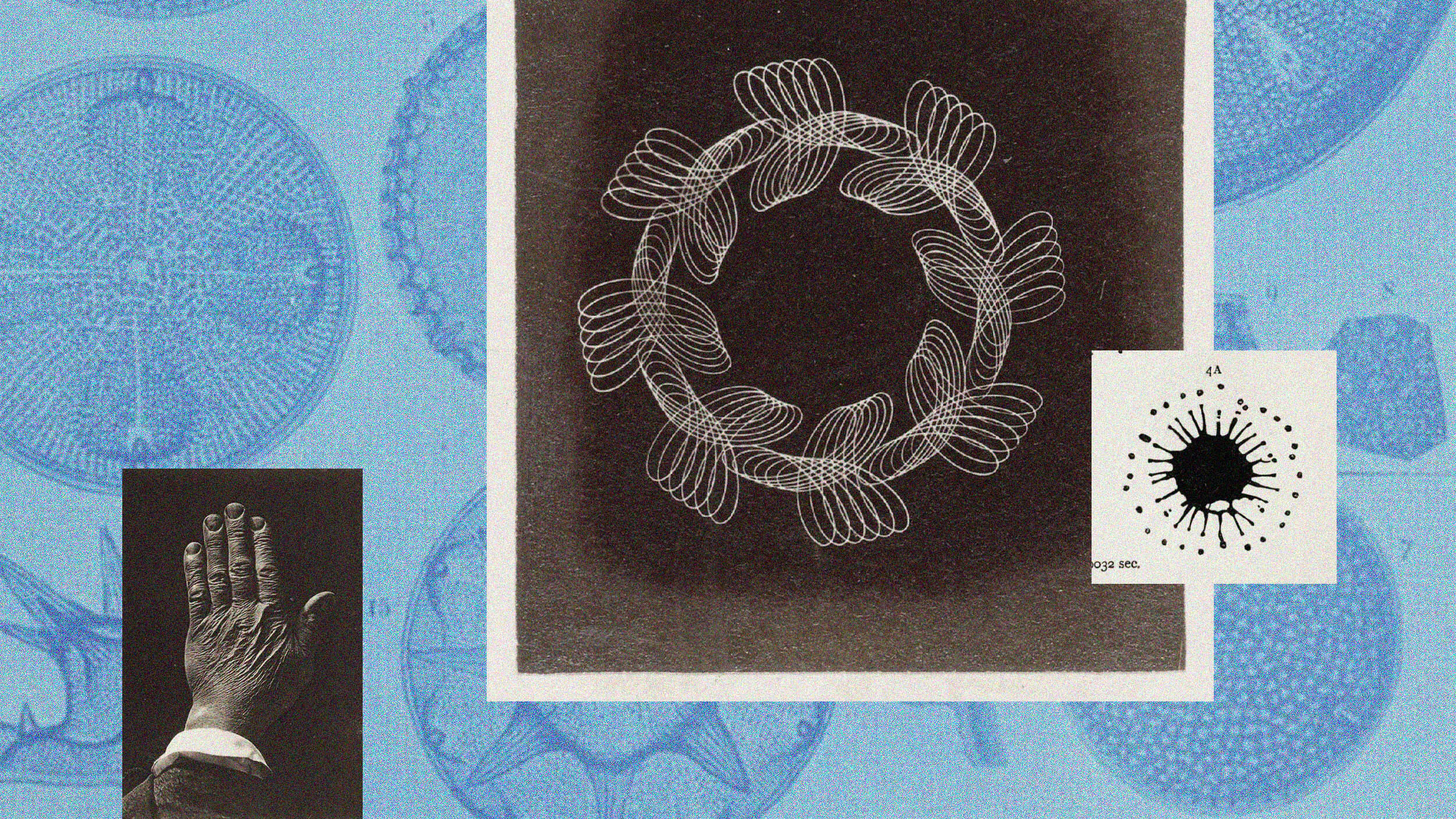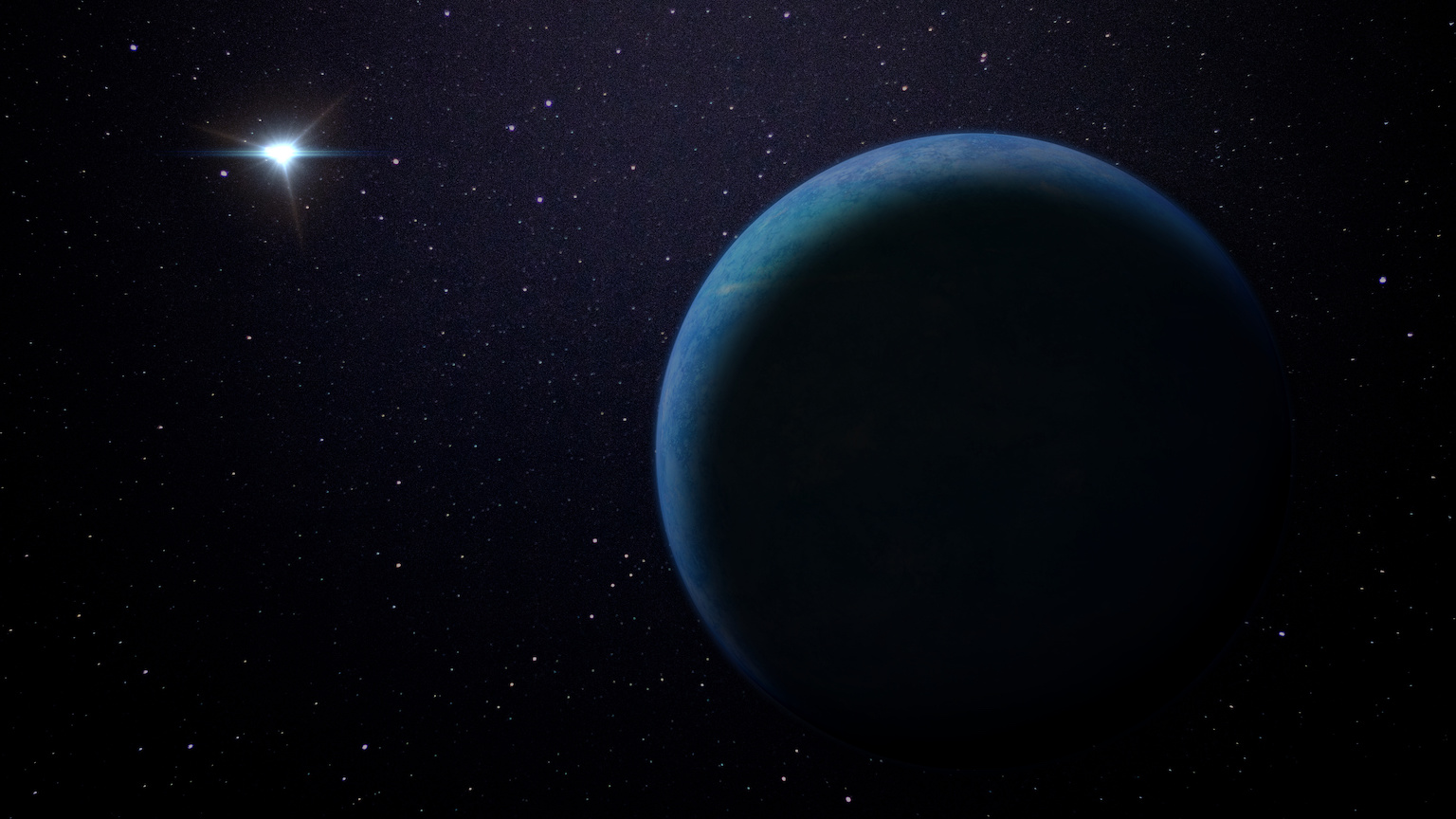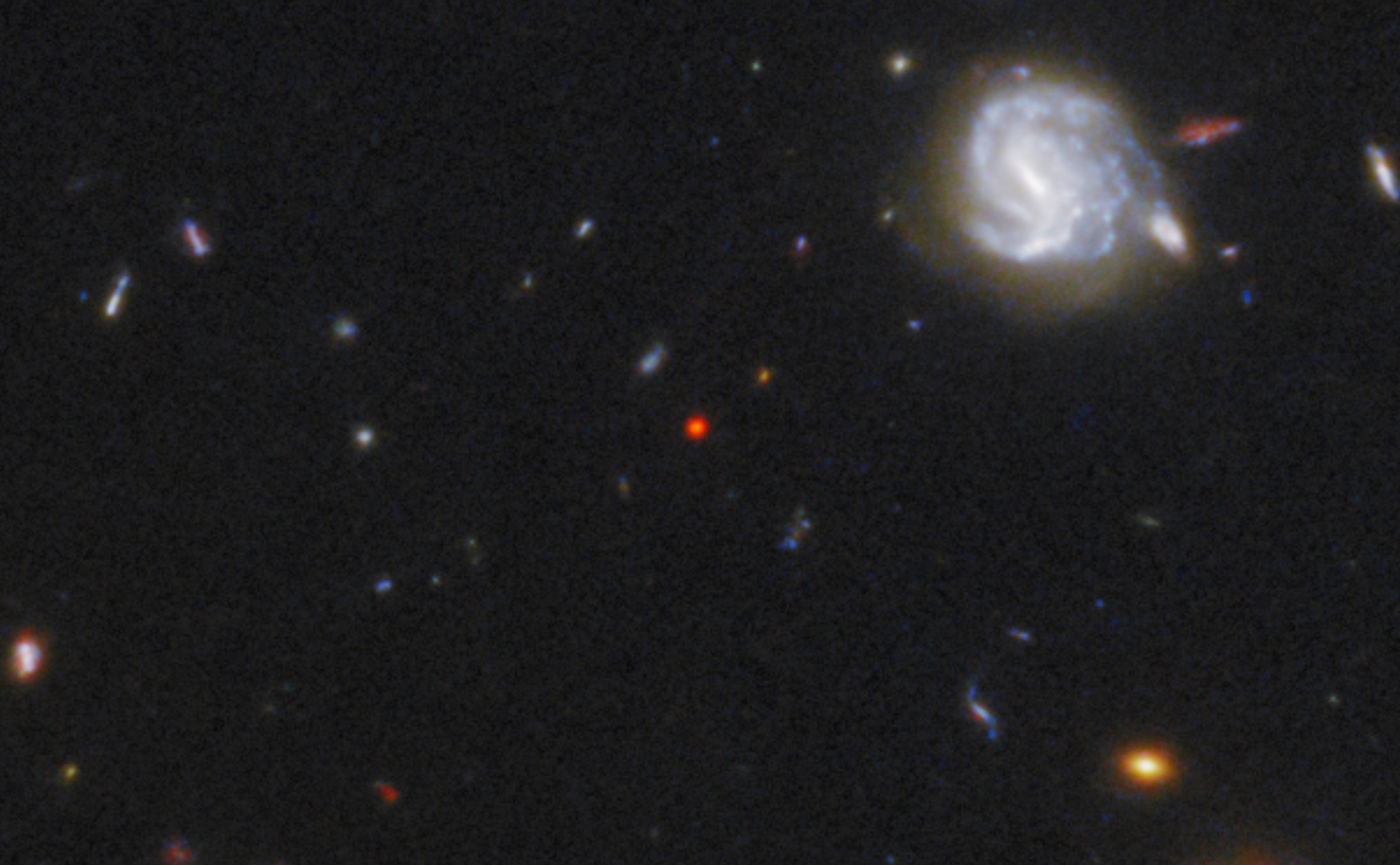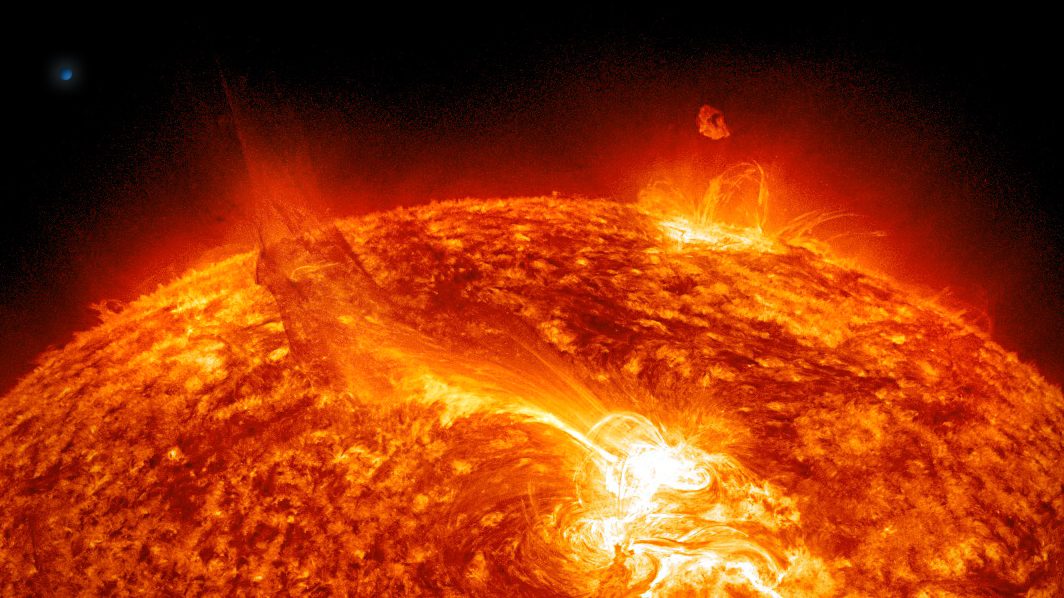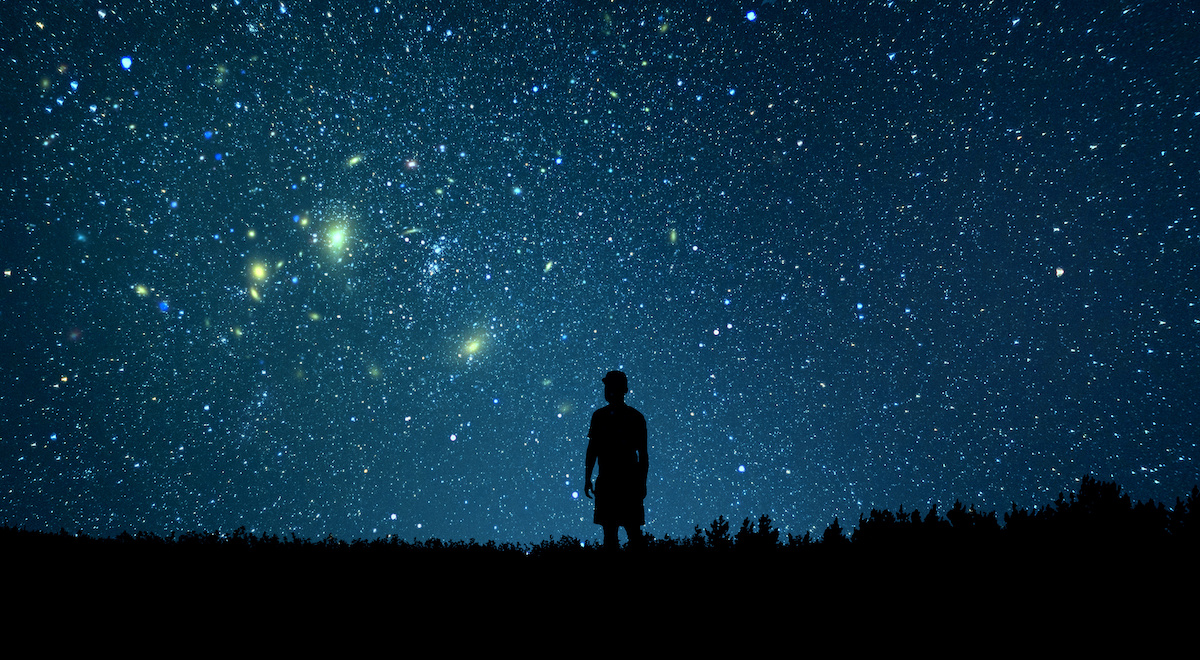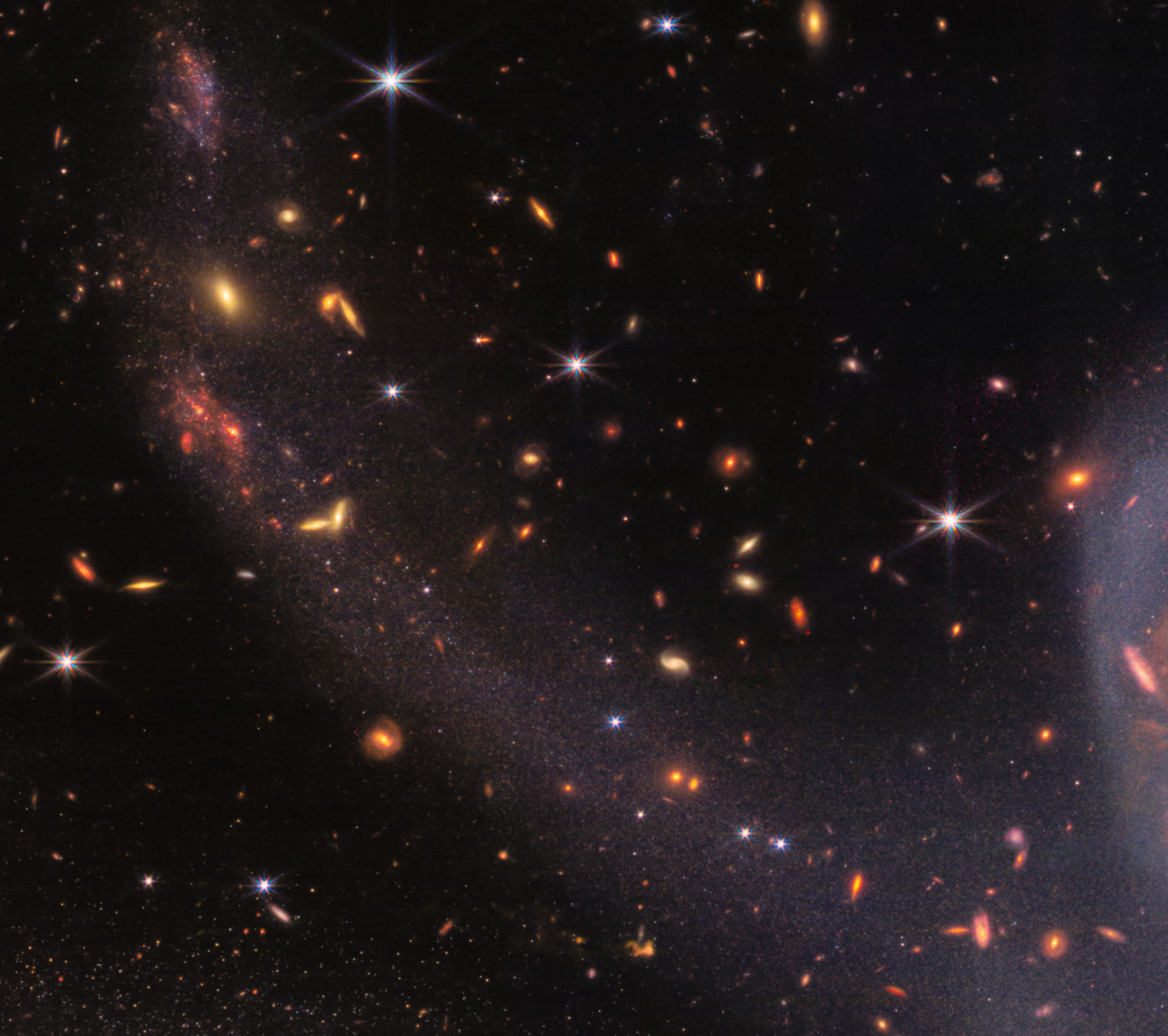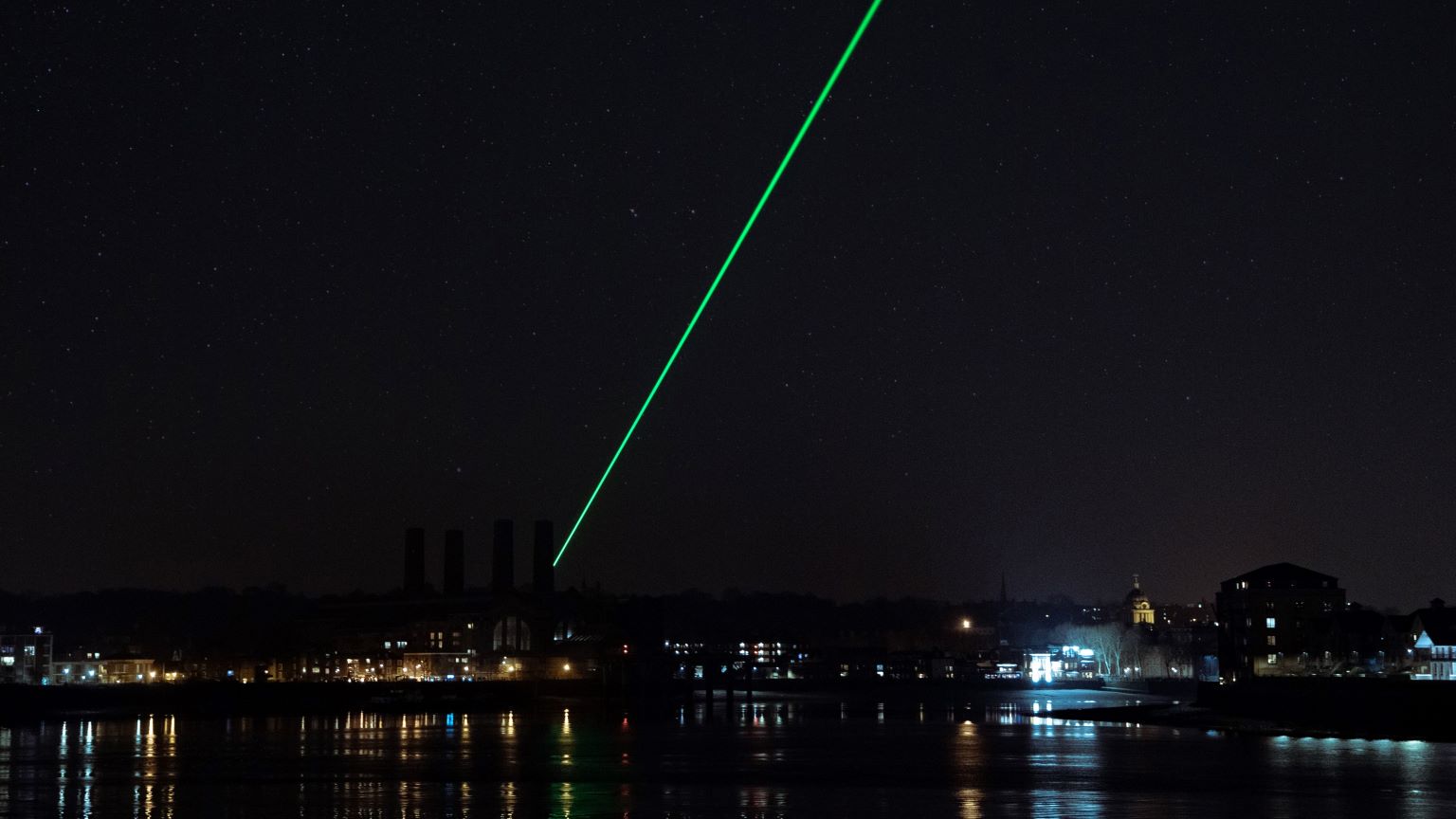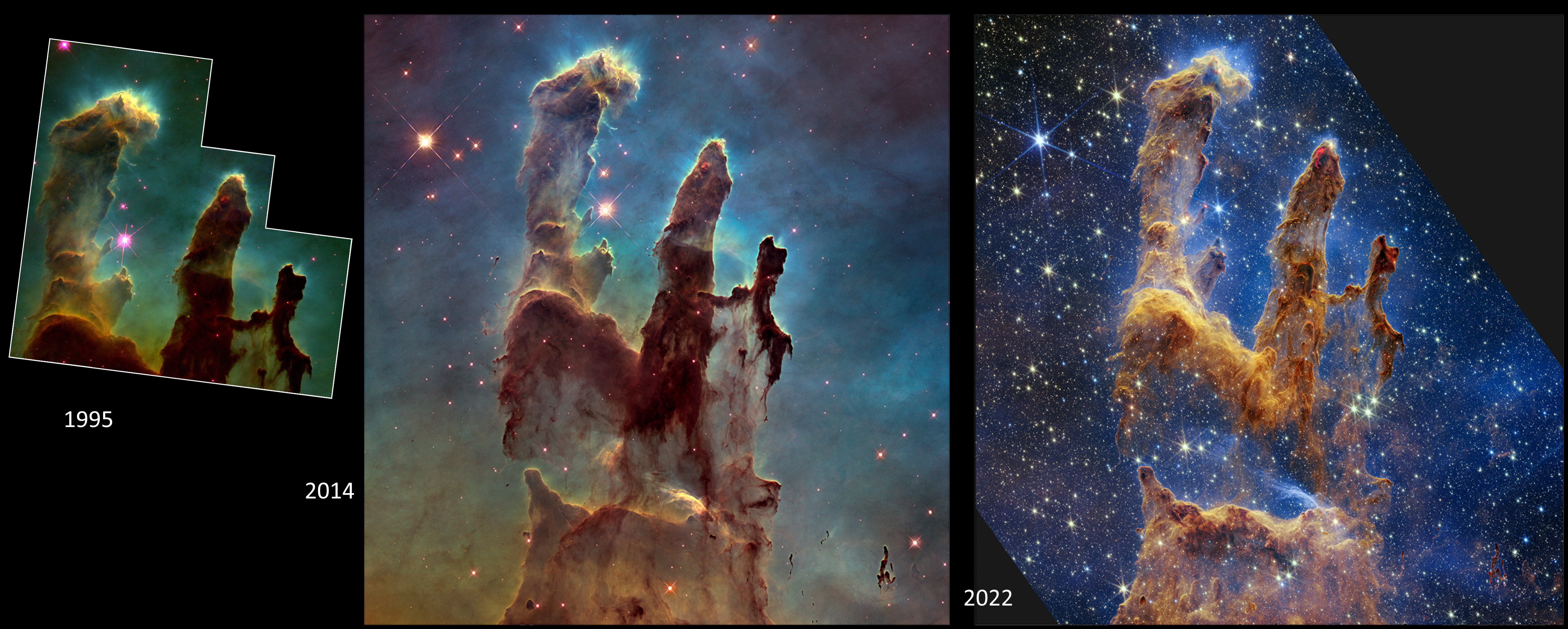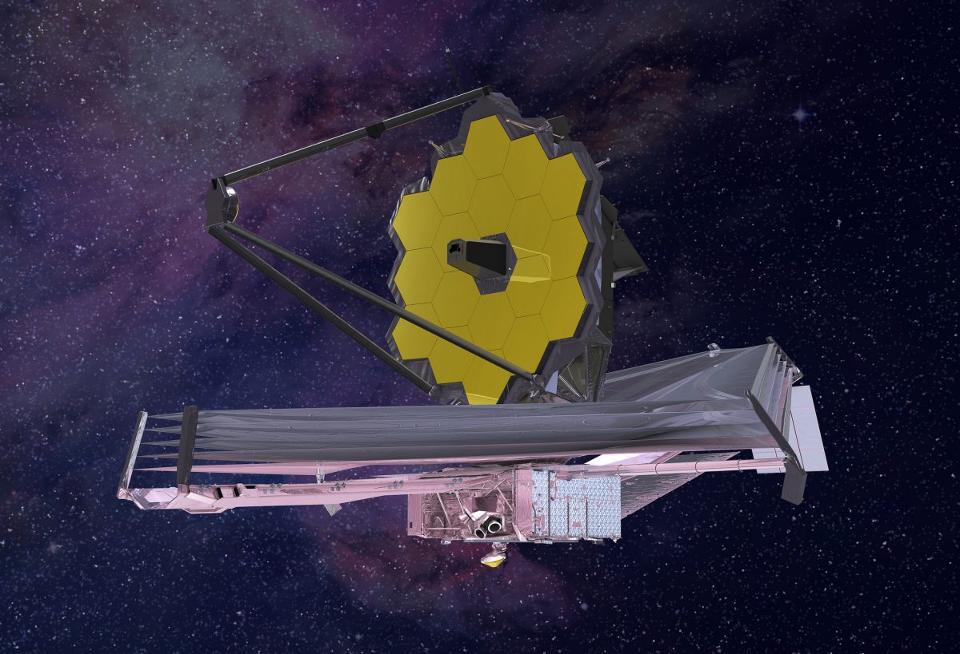Earth is the Solar System’s only known inhabited planet. Could Venus, if its phosphine signal is real, be our second world with life?
Search Results
You searched for: Telescope
Thanks to time-traveling telescopes, we can see more about the Big Bang.
▸
with
With a new telescope on the horizon, we reflect on the best pictures of space that came before.
The last 70 years have taken us farther than the previous 70,000. But can we accomplish more than creating a record saying, “We were here?”
Some think the reason fundamental scientific revolutions are so rare is because of groupthink. It’s not; it’s hard to mess with success.
The smartest person in the world was Isaac Newton, a true polymath whose brilliance never has been, nor ever will be, surpassed.
Burns’ latest documentary dives into the long-romanticized life and work of the Italian polymath.
The Hubble Space Telescope, 32 years after its launch, broke the all-time record for most distant star. It won’t do better.
Even with only 12.5 hours of exposure time, James Webb’s first deep-field image taught us lessons we’ve never realized before.
The brightest gamma-ray burst ever observed, GRB 221009A behaved in unexpected ways that might help us understand how they occur.
Dinosaurs and other beasts were once thought to be the “undisputed masters” of Venus.
The LHC has a long, productive life ahead of it. An upgraded version, called the “High Luminosity LHC,” will be available in 2028.
Today, our observable Universe extends for 46 billion light-years in all directions. But early on in our history, things were much smaller.
There was a lot of hype and a lot of nonsense, but also some profoundly major advances. Here are the biggest ones you may have missed.
The existence of another watery world in the outer solar system may offer clues to how such seas form — and hope for another spot to search for life.
Omer Bartov, who spent decades studying the unspeakable horrors of genocide, shares how his studies have impacted his own mental health.
“What modern science has taught us is that life is not a property of matter.”
Pluto failed to meet the definition of a planet, but some astronomers think there might be a legitimate Planet 9 out there.
From black holes to dark energy to chances for life in the Universe, our cosmic journey to understand it all is just getting started.
In the largest star-forming region close to Earth, JWST found hundreds of planetary-mass objects. How do these free-floating planets form?
When the Hubble Space Telescope first launched in 1990, there was so much we didn’t know. Here’s how far we’ve come.
Professional astronomy images are the gold standard. But this Large Magellanic Cloud composite is the amateur community’s best image ever.
Recasting the iconic Carrington Event as just one of many superstorms in Earth’s past, scientists reveal the potential for even more massive eruptions from the sun.
One book will gather all topics on the search for life in the Cosmos.
We’re used to scientists telling us about the math and physics behind astronomical events. But what does studying space make us feel?
We knew we’d find galaxies unlike any seen before in its first deep-field image. But the other images hold secrets even more profound.
As technology advances, the use of laser weapons in space becomes more likely.
In 1995, Hubble peered at the Pillars of Creation, forever changing our view. Now in 2022, JWST completes the star-forming puzzle.
Once science operations begin for James Webb, we’ll never look at the Universe the same way again. Here’s what everyone should know.
